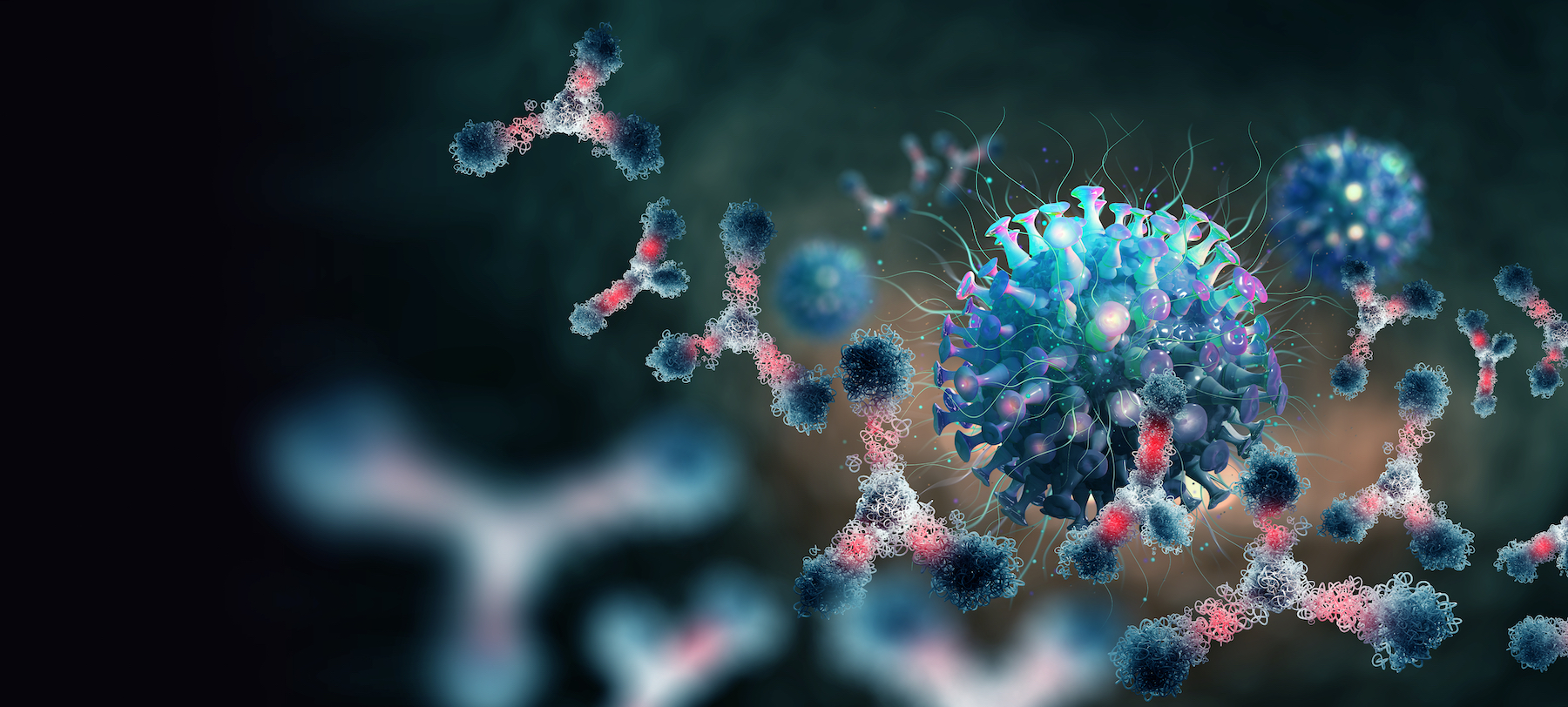Q-vaccine therapy has undergone numerous assessments in various studies. Here are some notable studies supporting its safety:
https://doi.org/10.1002/(SICI)1097-4652(199911)181:2%3C251::AID-JCP7%3E3.0.CO;2-D https://pubs.rsc.org/en/content/articlehtml/2020/ra/d0ra04978f https://www.annualreviews.org/doi/abs/10.1146/annurev-med-041217-010829 https://www.tandfonline.com/doi/full/10.1080/17425255.2021.1992382# https://www.nature.com/articles/nrneurol.2017.148 https://wires.onlinelibrary.wiley.com/doi/abs/10.1002/wrna.1594 https://www.mdpi.com/612152 https://journals.sagepub.com/doi/abs/10.1177/1756286418776932 https://www.sciencedirect.com/science/article/abs/pii/S1359644617300430
These studies contribute to the growing body of evidence supporting the safety of Q-vaccine therapy.
******
It is important to consult with your healthcare provider to determine if Q-vaccine therapy is suitable for you. Your doctor will consider your specific medical condition, treatment history, and individual factors to provide personalized guidance and recommendations. They can assess the potential benefits and risks of Q-vaccine therapy in relation to your unique circumstances and help you make an informed decision about your treatment options.

